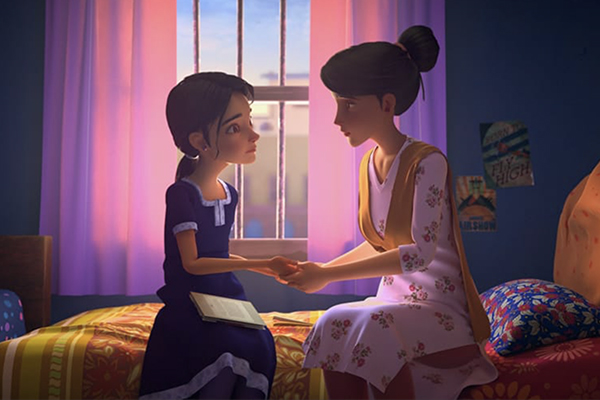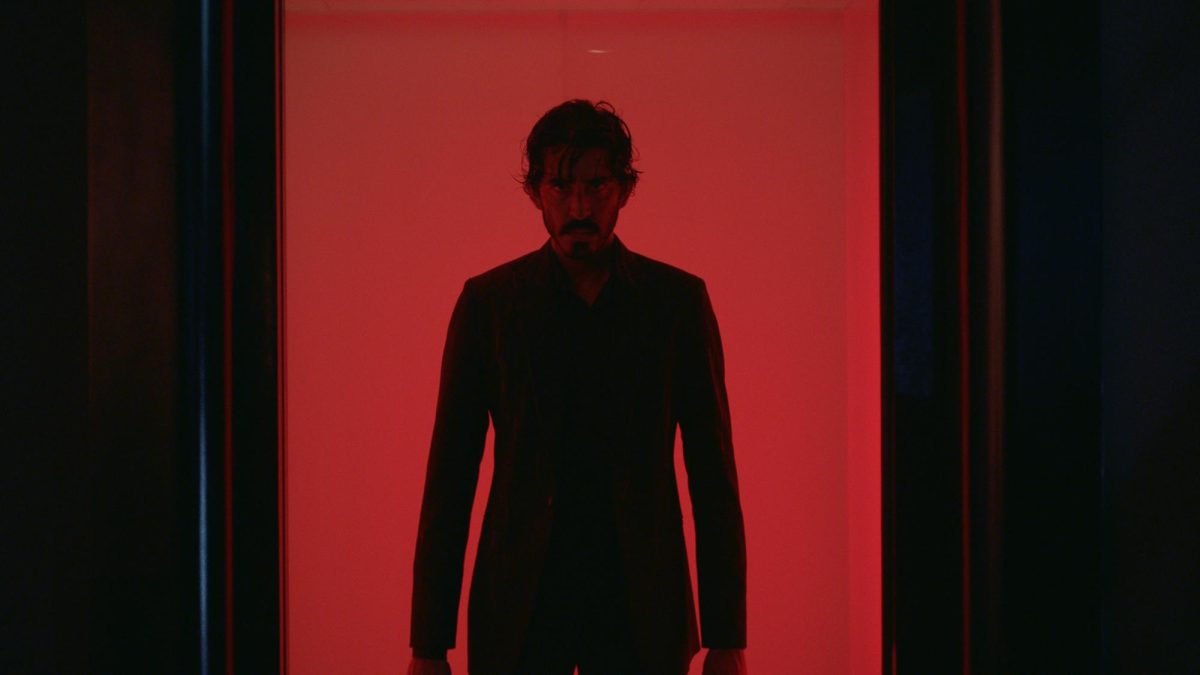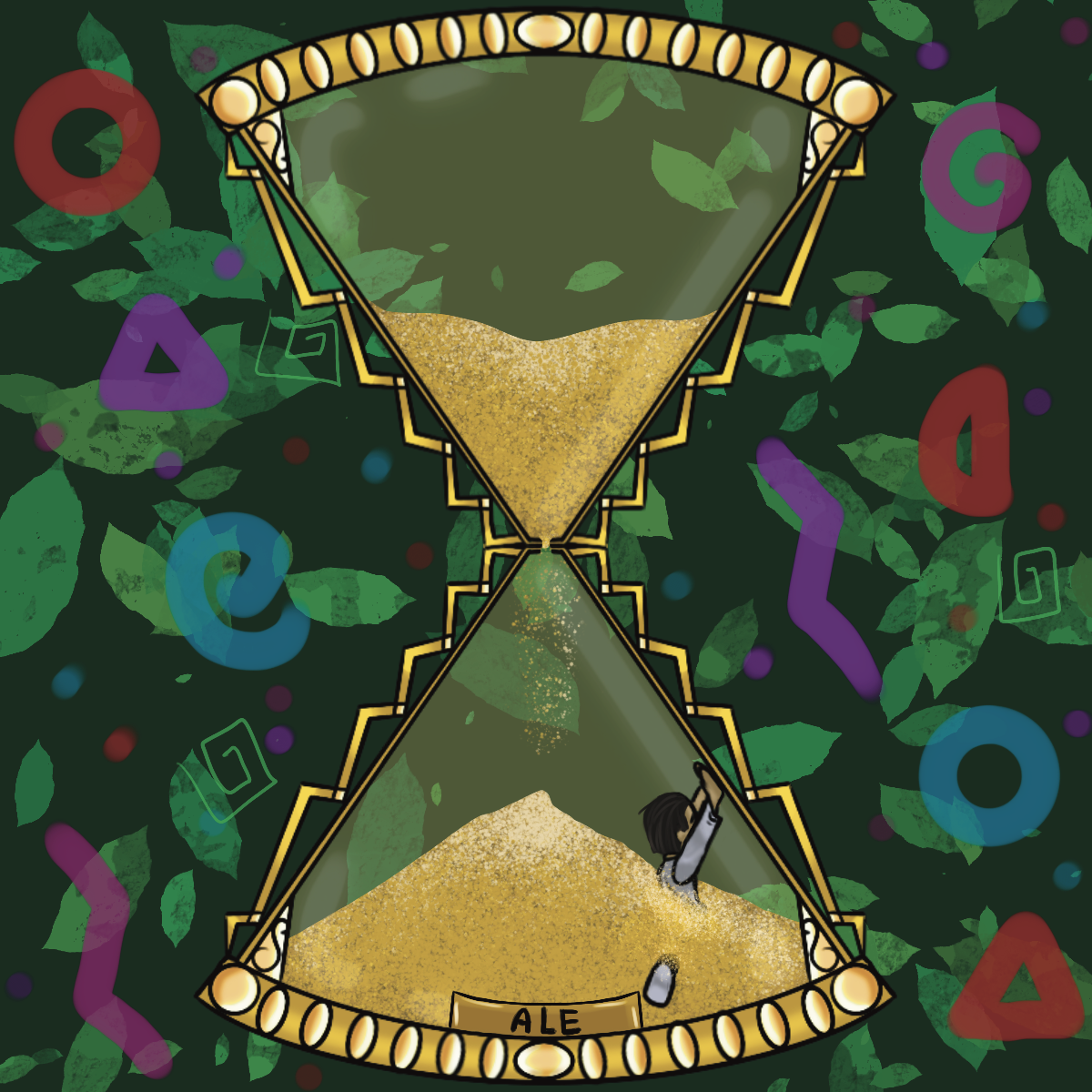Young ambitions fly sky high in this colorful Netflix experience.
“Sitara: Let Girls Dream” is an animated short film written and directed by Sharmeen Obaid-Chinoy alongside Pakistan-based studio Waadi Animations. The silent film follows a young girl named Pari in 1970s Pakistan whose pilot ambitions are admired by her younger sister, Mehr. When Pari’s father begins to organize her arranged marriage, the young girl realizes the limiting barriers brought on by her family traditions. “Sitara: Let Girls Dream” is a small narrative that packs a powerful message, accompanied by lush visuals and smooth animation.
The visual style of the film is awe-inspiring. Vibrant pinks and purples color the cloud-covered sky, while the moon’s cool blue tones drape over the vibrant furniture during night sequences. The lighting smoothly rests on top of the animated characters’ faces. Each member of the family sports a uniquely colored outfit, offering visual differences in terms of style and personality. The wedding sequence toward the end is sprinkled with beautiful lighting and poignant purples, yellows and oranges. The animated world is visually engaging, captivating audiences within it despite the short runtime of 15 minutes.
The cinematography flows and is never distracting. The camera acts as a silent observer, offering intriguing yet visible perspectives on the actions of the leading characters. One standout sequence involves a continuous shot that follows a paper plane as it soars through the sky and into the city. Static shots slowly shift to dynamic as emotions rile up and are emphasized. The environment is often a large contributor to the content of the frame, consistently setting characters within beautifully colored locations.
The score pairs seamlessly with the animated visuals. A combination of chimes and harmonies create an angelic soundscape for the accompanying imagery. The power of the score increases at emotional high points in a way that emphasizes character feelings and development more than any dialogue could have.
One aspect of the film is its culture barrier in terms of American audiences. Since the film is silent, character actions and events must be communicated visually, and many of the Pakistani traditions may come across as unclear to American viewers. Audiences have to rely on visual context clues to understand these interactions and their significance. On the other hand, this is a film produced by a Pakistani production team, so the inclusion of these traditions is absolutely essential and should not be spoon-fed to the general American audience.
The narrative of the film is left to end ambiguously, which works efficiently in terms of conveying a hopeful message to the audience. It would’ve had greater emotional impact and catharsis if it were wrapped up more finitely.
“Sitara: Let Girls Dream” is a bite-sized beauty of animation and storytelling. While the narrative doesn’t seem to stick the landing, the lush and stylized experience carries the meaningful message of the film home.
4 out of 5





















